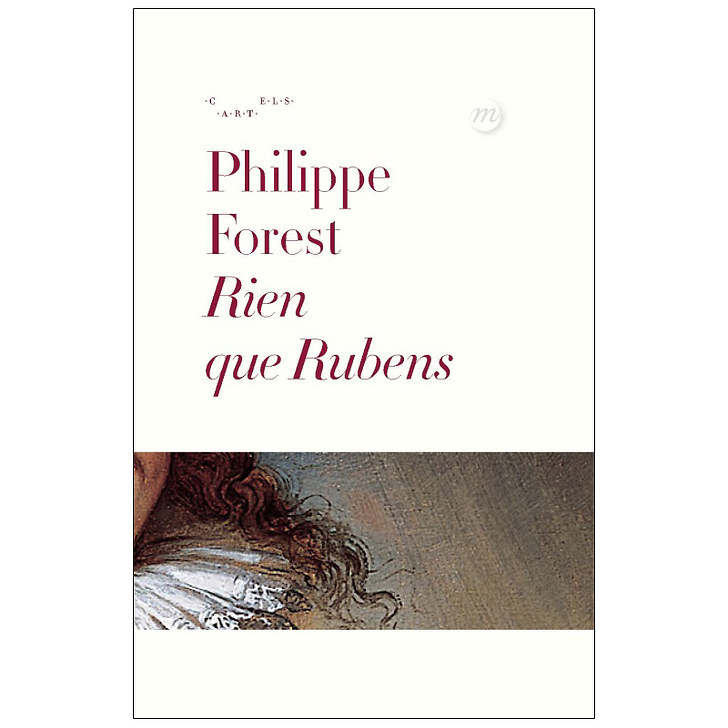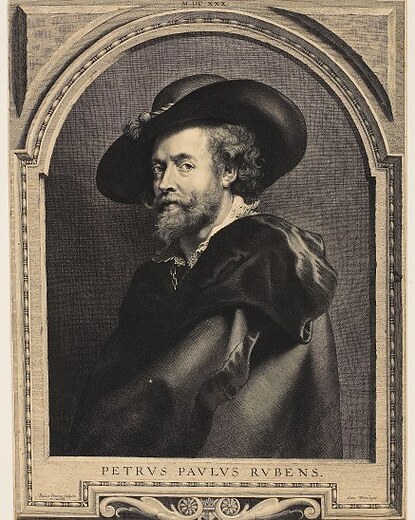Characteristics
- Number of pages
- 112
- Museum
- Musée du Luxembourg
- Theme
- Literature
- Dimensions
- 13,1 x 19,6 x 1,3 cm
- Artist
- Petrus Paulus Rubens (1577-1640)
- Art movements
- 16th century, Dutch paintings
- Reference
- NT107047
- EAN
- 9782711870479
- Size of the book
- Bound full paper without cover
- Publication date
- Septembre 2017
- Diffusor
- EDITIONS FLAMMARION
- Distributor
- EDITIONS FLAMMARION
- Conservation museum
- Paris - Réunion des musées nationaux- Grand Palais
 Reviews
Reviews
MonCharivariLitteraire
1/22/18
Beau Livre sur Rubens et plus généralement sur la peinture. Il est rempli de remarques intelligentes et plein de clairvoyance sur ce qu'est être peintre et artiste. Il va au delà de Rubens en révélant...Read more...
MonCharivariLitteraire
1/2/18
Beau Livre sur Rubens et plus généralement sur la peinture. Il est rempli de remarques intelligentes et plein de clairvoyance sur ce qu'est être peintre et artiste. Il va au delà de Rubens en révélant...Read more...




